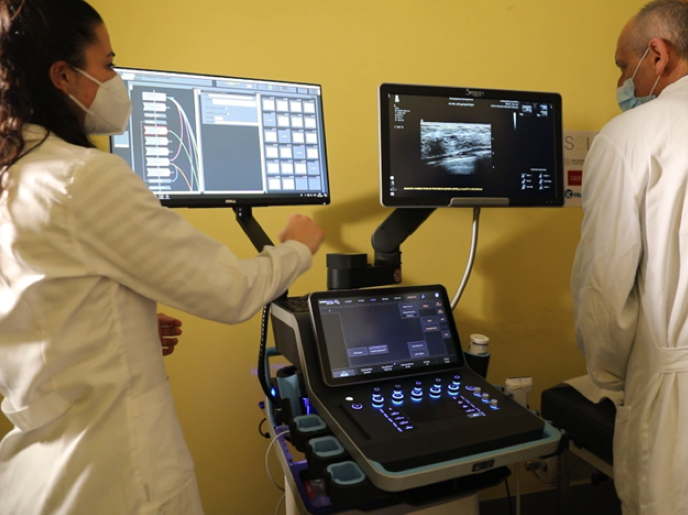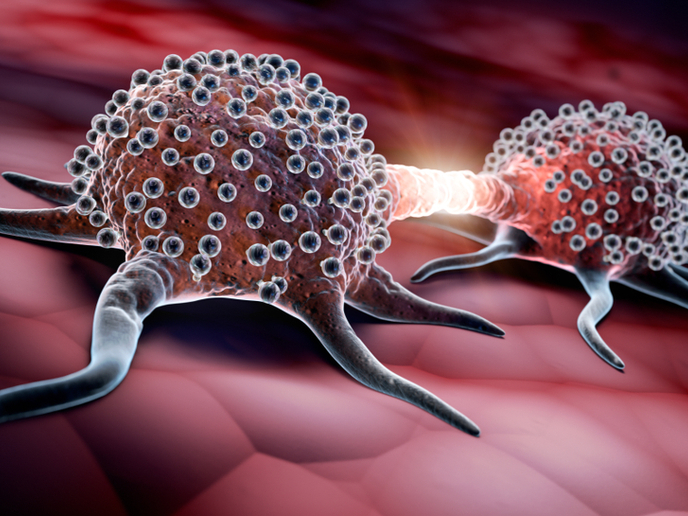Molecular link between breast cancer metastasis and drug resistance
Breast cancer prognosis worsens significantly in metastatic disease. Although there is an association between metastasis and chemoresistance, the molecular basis remains unknown. Accumulating evidence indicates that Caveolin1 (Cav1) mediates biomechanical remodelling of the extracellular matrix through cancer-associated fibroblasts, promoting invasion. Furthermore, it is also involved in drug/radiation resistance. Scientists on the EU-funded CAVCER (Caveolin-1 integrates stromal mechanical forces chemo-resistance to foster tumour progression) project set out to investigate the role of Cav1 in breast cancer. To this end, they measured Cav1 levels in a cohort of early-stage breast cancer patients with positive oestrogen receptors and negative human epithelial receptor 2 (HER2). Results showed a good correlation of Cav1 levels in stroma and response to treatment. High levels of Cav1 were also found in breast cancer patient-derived xenotransplants in immunodeficient mice as well as in cell exosomes. To investigate the role of Cav1 in metastasis, researchers downregulated their expression in breast cancer cells and evaluated dissemination and growth. In addition, they examined the development of breast cancer in mice lacking Cav1 in their stroma cells. Finally, CAVCER scientists produced a series of antibodies against Cav1 that could be exploited therapeutically in the future. Collectively, the results of the study suggested that breast cancer invasiveness is related to the release of Cav1-containing exosomes. Scientists proposed that Cav1 activated fibroblasts and increased extracellular matrix stiffness, setting the stage for metastasis. Overall, the multidisciplinary nature of the CAVCER project allowed for a thorough investigation of the role of Cav1 in experimental humanised models and patient samples. Considering the incidence of breast cancer in Europe, there is great potential for translation of research results into the clinic.







